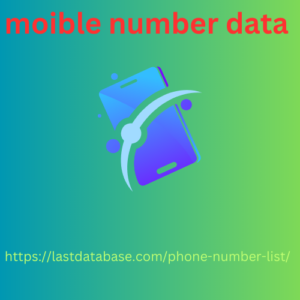|
|
If you are changing your job or trying to find a new one, your CV is you need. A study conducted by the British company UCE GROUP LTD shows that more than half of recruiters (in micro and small companies) need only half a minute to review a potential candidate's CV (of course, in terms of key information). That's right - key information what? In this article, I discuss the most important topics and issues related to creating, writing and editing your CV.
Thanks to this, you will learn how to write a good CV that will not only contain all the important moible number data elements, but will also not disappear among the applications of other candidates.?? What is a CV? CV, i.e. curriculum vitae (from Latin "course of life", "course of life") is nothing more than a professional CV that serves as your business card when looking for or changing a job. When creating a CV, remember that it can have one of several layouts and the advantages and disadvantages of each of them.

Chronological arrangement - information about education and work history should be presented in reverse chronological order (you start the job description with the current one and then go back in time). Advantages – readable, understandable, transparent, professional, – it is easy to find ready-made templates to fill out, – it presents the history of your professional career and is based on the description of previously performed duties. Disadvantages – it is difficult to stand out from the crowd of candidates, – any gaps in employment or breaks in work are immediately visible . . Functional layout - in this layout you do not have to provide dates or periods of your employment.
|
|